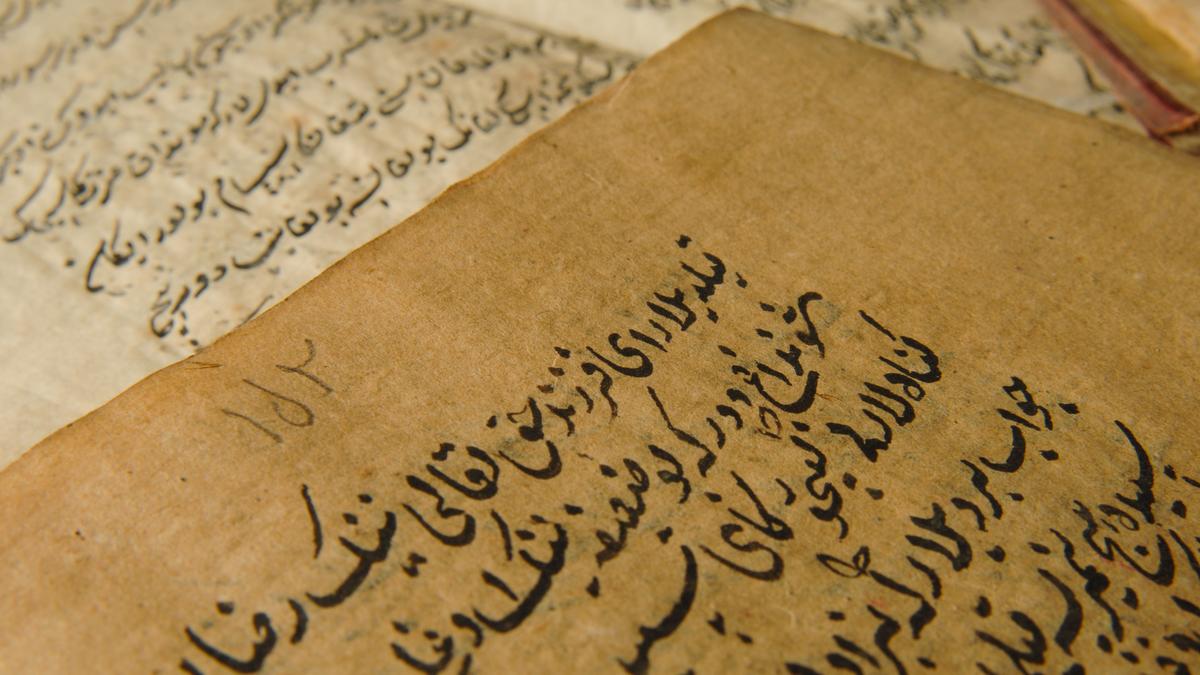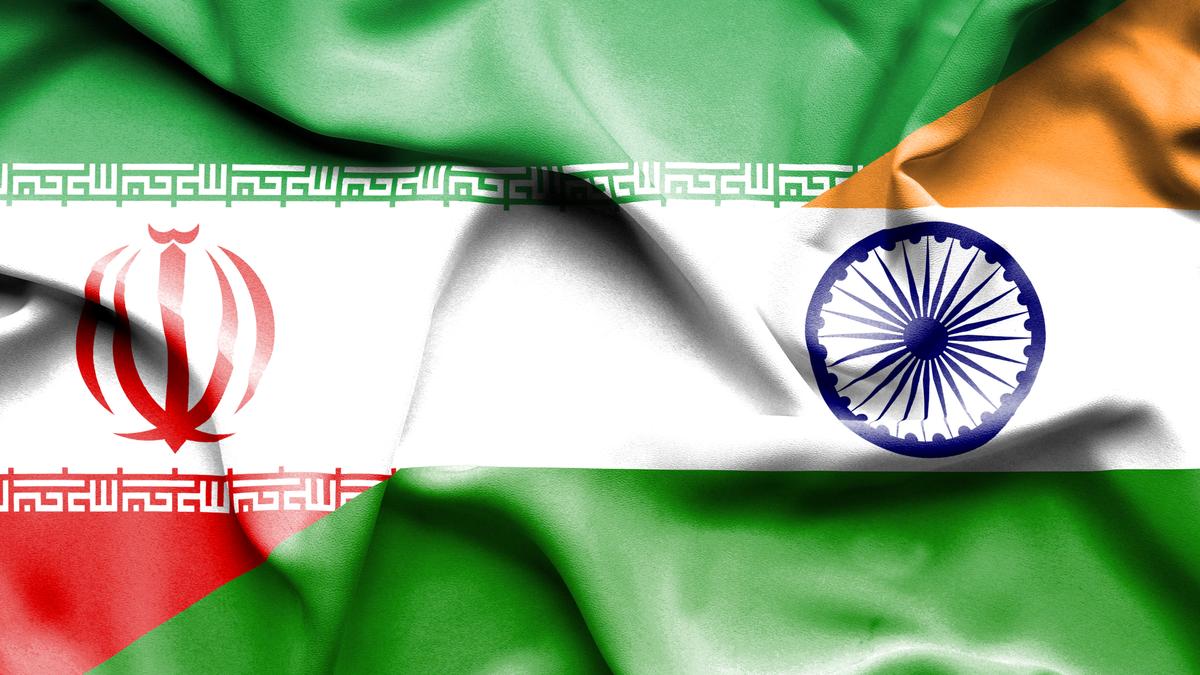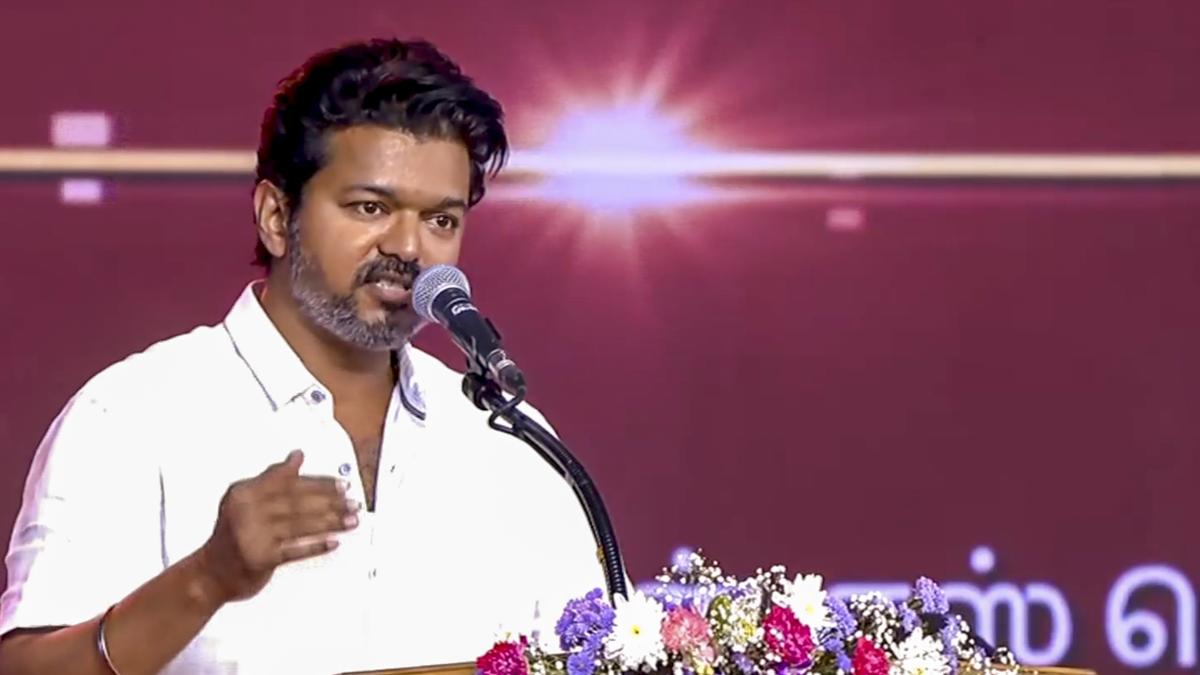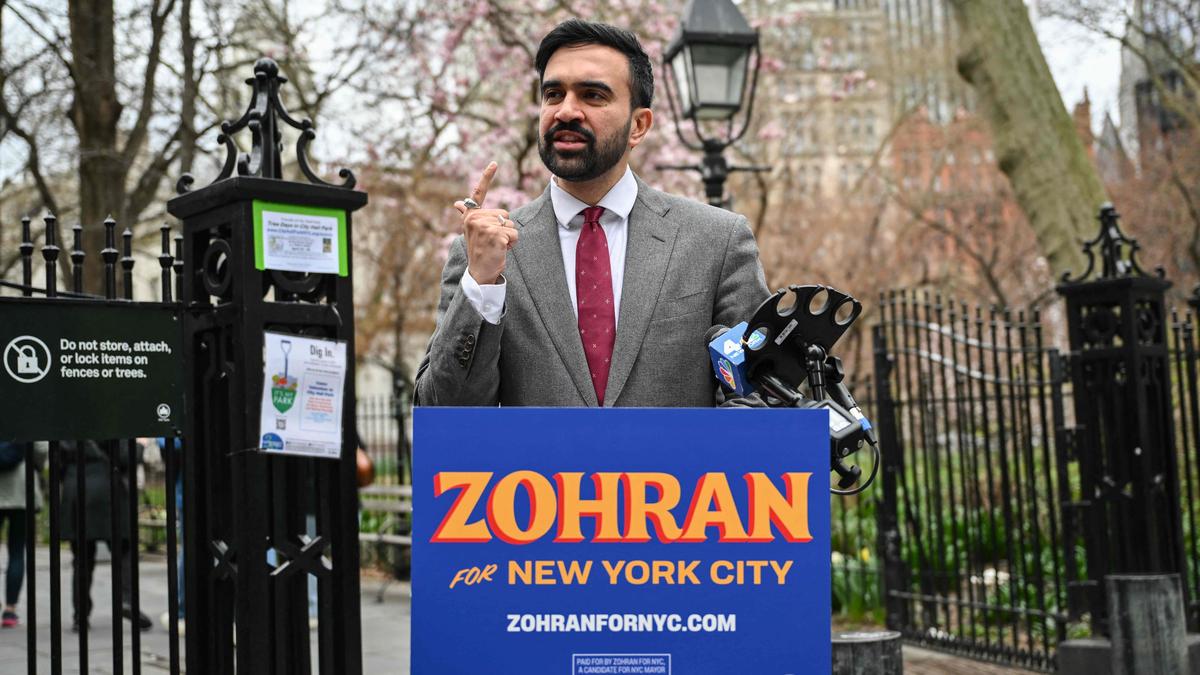“Calligraphy is an art of beautiful writing; it is meditation where you nurture each piece with love,” says Qamar Dagar, calligraphy artist and recipient of 2016 Naari Shakti Puraskar. Her skilful blending of Urdu and Hindi scripts is a visual treat for the audience.
Qamar, who hails from Dagar family renowned for its expertise in Dhrupad music, grew up in a household that breathed art and always welcomed prominent poets, painters and philosophers. As a child she imbibed everything creative without realising how it was shaping her.
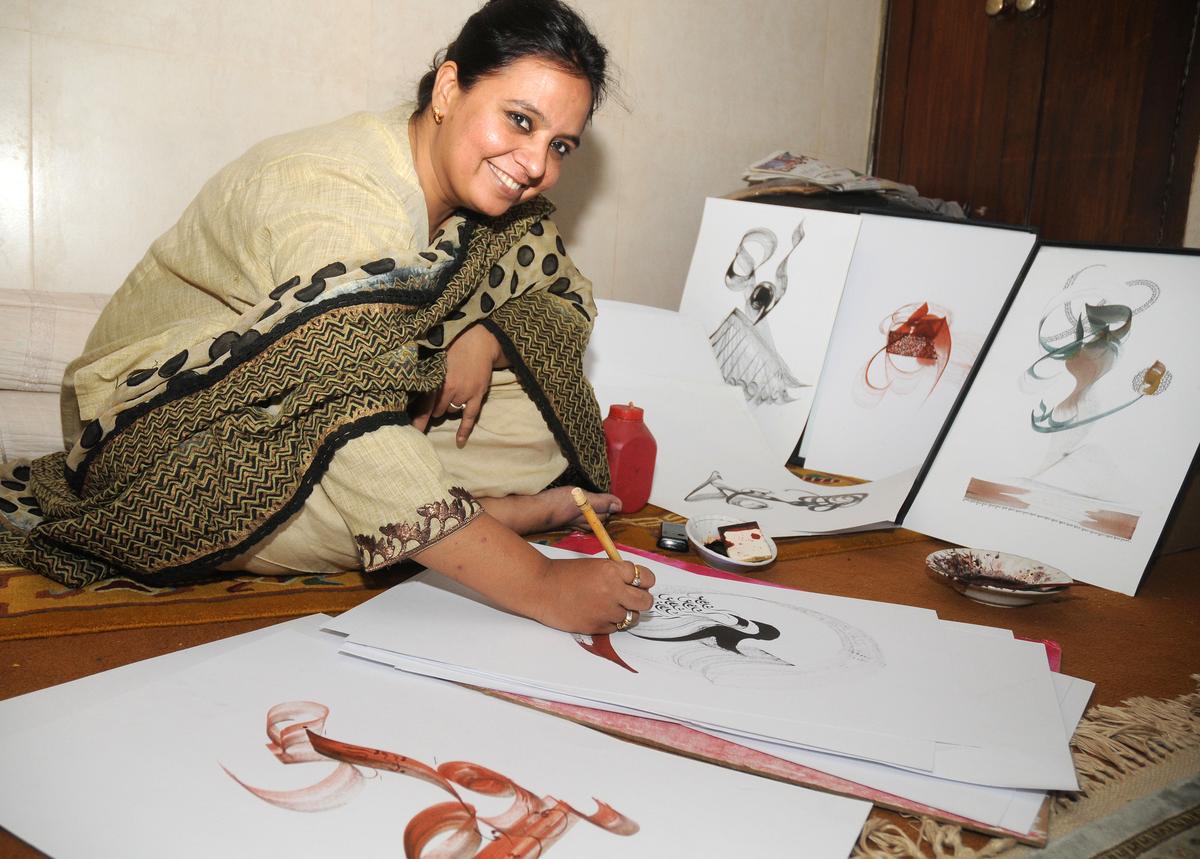
Calligraphy artist Qamar Dagar
| Photo Credit:
RAJEEV_BHATT
Interested in visual arts, she began designing posters for classical music programmes, paving her way to calligraphy. “I used to make up to 50 posters, all handwritten and repeating the same info”, says Qamar.
With Hindi and Urdu close to her heart, Qamar says she used to get excited by the idea of Hindi written from left to right and Urdu from right to left. Her art, she says, is the “coming together of two streams”.
Inspired by Nature, music, and her spiritual guide Hazrat Amin Abdullah Khan, Qamar’s art works engage audiences in a meaningful dialogue, exploring the abstractions of language and human emotions.
Concerned about limited number of calligraphers left due to lack of opportunities, Qamar initiated a programme in 2010 aimed at preserving the art of calligraphy with sustainable space for the artists. As founder of Qalamkari Calligraphy Creative Trust, she proffers the idea of ‘giving as you receive’.
Calligraphy is like meditation; it allows you to have a dialogue with yourself,” says Qamar.
Multi-lingual calligraphist
While Qamar breathes new life into Hindi and Urdu Scripts, Mohammed Mohsin Ul Haque keeps the tradition alive across languages including English, Urdu, Odia and Hindi. “Calligraphy is the highest form of line art that requires lot of practice,” he says.
Mohammad Mohsin Ul Haque at his residence in Malviya Nagar
| Photo Credit:
ANUSHKA KOGTA
Haque has been a practitioner of multilingual calligraphy for close to four decades. He moved to Delhi from Odisha and lives with his family in Malviya Nagar in pursuit of better opportunities. From his school days, he was praised for his beautiful handwriting and his teachers always assigned him the task of creating posters. “My art came from my grandfather Muhammed Ikram Ul Haque who was a good calligrapher.”
Haque works with universities across India, writing degree certificates, carving name on mementoes for companies, and also takes time out to teach the art to children. Haque began with crafting invitation letters and cards for special occasions, designing logos and certificates. “This was before digitalisation took over,” says the 63-year-old. It is important to know a language and its history to be able to perform well, he adds.
While most of his students learn the art with passion, only a few are motivated to pursue it as a career. “It demands full time attention and engagement but with little remuneration,” he says.
Urdu letters in ink
In a city racing towards the future, one man’s ink holds back the tide. Mohammad Ghalib, 62, says calligraphy is not just written words; it is the art of breathing life into letters, where ink becomes memory and every stroke whispers history.
Calligrapher Mohammed Ghalib
| Photo Credit:
SPECIAL ARRANGEMENT
Urdu calligraphy, known as the ‘bride of calligraphy scripts’, is an art of preserving a language of love and resistance, he adds, as he dips a finely-sharpened bamboo reed, the tip honed to precision, in black ink to begin a work of art sitting inside the Kutub Khana Anjuman-e-Taraqqi-e-Urdu, a bookstore with a beautiful view of the majestic Jama Masjid.
Ghalib learnt the art in a madarsa in Darul Uloom, Deoband, Uttar Pradesh. His teachers ingrained into him that mastery would come only through repeating the same work. “Each letter was practiced a thousand times, until muscle and memory worked in quiet harmony. We had to devote one hour daily until our writing was perfect.”
He recalls the days when the market thrived on the art of hand-lettered Urdu script and his craft adorned wedding invitations, official documents and the pages of Urdu newspapers. “People would come to me for everything—from writing names on voters’ lists and designing hoardings to crafting the perfect words for invitations of all kinds,” he says, adding that the business has fallen silent now.
But it has not stopped him from chasing the elegance of a dying script. “Earlier calligraphers would sit together giving shape to beautiful letters; then printing press snatched away the craftsmanship and produced artistically designed letters mechanically. Today one computer gets the same job done within a fraction of time, cost and effort. Back in the day, the government helped to set up the Ghalib Academy and the Urdu Academy to promote the art of calligraphy. Now, the art does not offer a sustainable means of living. As a result people are not interested in pursuing it,” he rues.
“Only the artist connected to this art know the emotional weight it carries. The human warmth and personal touch that were inherent in each handwritten piece, is going extinct,” he says.
Fathima Zahra and Adeeba Jamal
Published – July 03, 2025 02:57 pm IST
